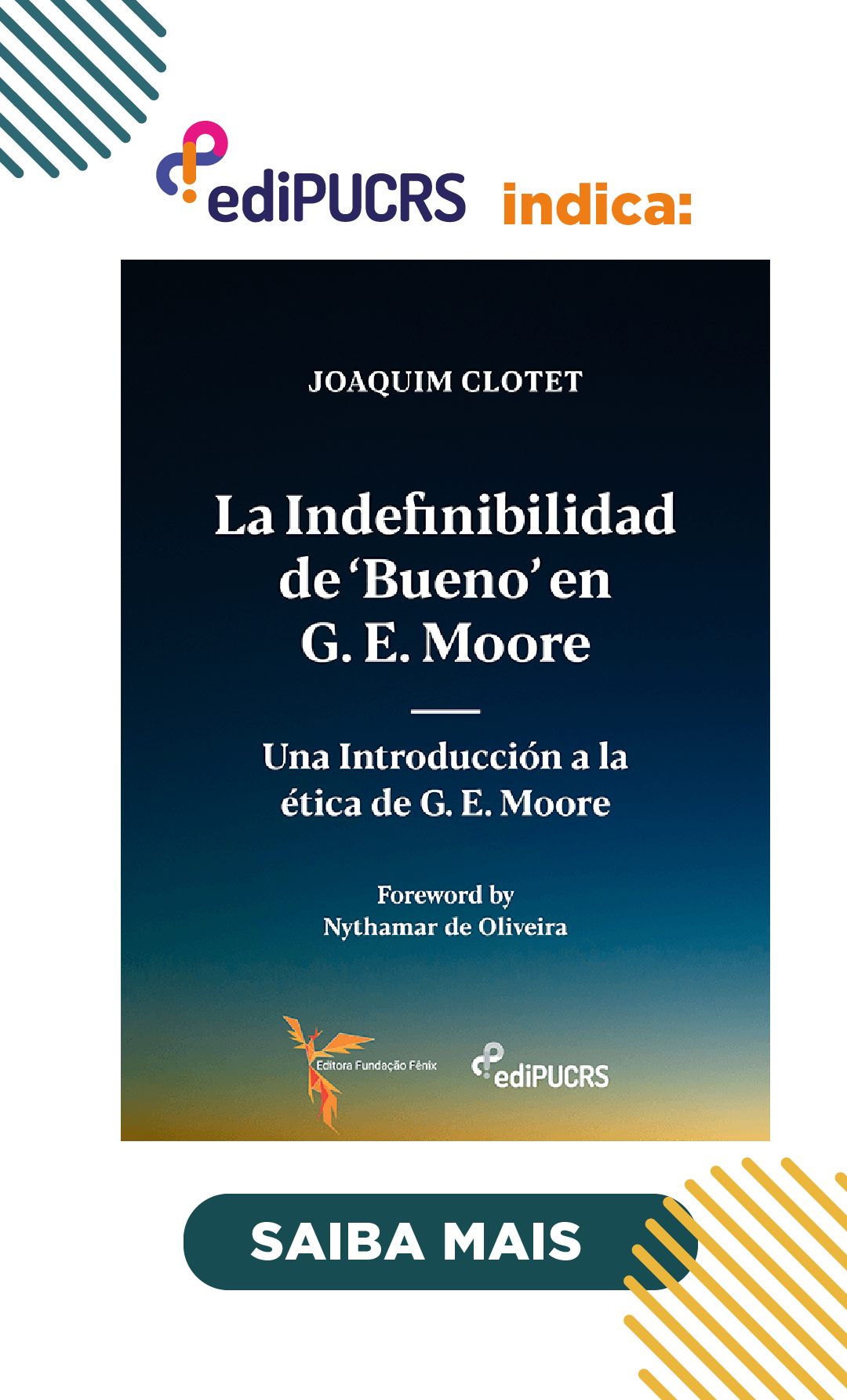Worldliness in Husserl’s late manuscripts on the constitution of time
DOI:
https://doi.org/10.15448/1984-6746.2006.2.1853Resumo
Os chamados manuscritos C, recentemente publicados, têm um interesse especial para a clarificação da constituição do mundo na medida em que mostram como, a partir de um mundo primordial ou quasi-mundo correlato à pré-intencionalidade, se atinge o mundo plenamente intersubjetivo constituído por uma intencionalidade de interesses desde uma práxis comunicativa. Seguindo os manuscritos, este artigo tem um propósito quádruplo: 1) tentar discernir diferentes caracterizações do mundo como horizonte universal, representação-mundo, todo, forma, idéia e fundamento; mostra-se, assim, o papel da temporalidade na raiz desses traços de mundanidade; 2) níveis de constituição do mundo são desvelados a fim de diferenciar um fundamento previamente dado de um fundamento que se desenvolve através dos estágios do mundo egóico, mundo da casa, mundo da vida e mundo-em-si; desvela-se aqui um encaixamento desses horizontes um no outro; 3) uma análise posterior dos níveis é dada através do questionamento retroativo na primalidade (Urtümlichkeit) como um retrocesso que revela o desenvolvimento de um pré-mundo a um mundo genuíno; uma gênese permanente, antes de uma gênese do passado, é realçada; 4) finalmente, mostrar- se-á como antecipações da fenomenologia póshusserliana nos remetem a uma abertura originária do mundo em sua mundanidade, um âmbito que é anterior à manifestação de um mundo de objetos e uma ordem de manifestação diferente daquela do mundo.
PALAVRAS-CHAVE – Fenomenologia genética. Husserl. Manuscritos C. Mundo. Temporalidade.
ABSTRACT
The recently published C-manuscripts hold special interest for the clarification of the constitution of the world by showing how, starting from a primal or quasiworld correlated with preintentionality, it advances to the full intersubjective world constituted by an intentionality of interests within communicative praxis. Following the manuscripts, this paper has a fourfold purpose. First, it attempts to discern different characterizations of the world as universal horizon, world-representation, whole, form, idea, and ground. The role of temporality at the roots of these traits of worldliness is shown. Second, levels of constitution of the world are disclosed in order to differentiate a readymade ground from a ground that develops through the stages of egoical world, homeworld, lifeworld, and world-in-itself. An encasement of these horizons one-in another is displayed. Third, a further analysis of levels is given through the inquiry back into primality (Urtümlichkeit) as a retrogression that reveals the development from a pre-world to a genuine world. A permanent genesis rather than a past genesis is brought out. Finally, anticipations will be shown of post-Husserlian phenomenological views regarding an originary openness of the world in its worldliness, a realm that is prior to the manifestation of a world of objects, and a different order of manifestation than that of the world.
KEY WORDS – Genetic phenomenology. Husserl. C-manuscripts . World. Temporality.
Downloads
Downloads
Publicado
Como Citar
Edição
Seção
Licença
Direitos Autorais
A submissão de originais para a Revista Veritas implica na transferência, pelos autores, dos direitos de publicação. Os direitos autorais para os artigos publicados nesta revista são do autor, com direitos da revista sobre a primeira publicação. Os autores somente poderão utilizar os mesmos resultados em outras publicações indicando claramente a Revista Veritas como o meio da publicação original.
Licença Creative Commons
Exceto onde especificado diferentemente, aplicam-se à matéria publicada neste periódico os termos de uma licença Creative Commons Atribuição 4.0 Internacional, que permite o uso irrestrito, a distribuição e a reprodução em qualquer meio desde que a publicação original seja corretamente citada. Copyright: © 2006-2020 EDIPUCRS





